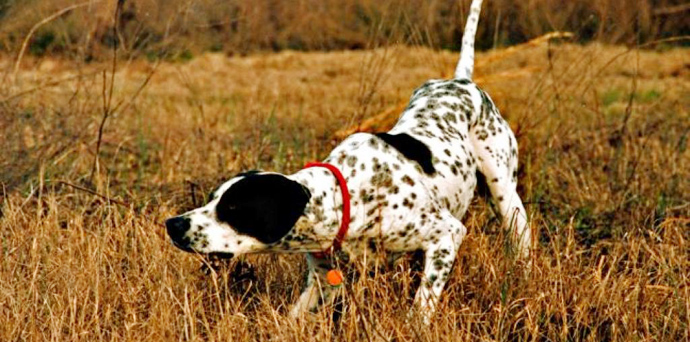
Everyday billions of people use search engines to learn about a specific topic, solve a problem, find service providers, etc. How often have you done a search for a friend or favorite restaurant just because it was easier than opening up your contacts? Well, it turns out that even C-level professionals are doing much of their own search these days.
Search Engine Optimization (SEO) is the use of tactics that will help you and your website be found in a search. Using SEO will enable customers who may never have found your site before land on your page. One of the main tactics that will help optimize your site is the use of keywords. If you are using words or phrases that people are searching for, algorithms used by search engines will more easily find your site and show it to the viewer.
Here are some actions you can take to optimize your site through keywords.
[pk_underline_list]
- Use keyword glossaries to discover what words and phrases people are searching. You can use sites like Google AdWords (their Keyword Tool)to learn more about the words people are searching. Also, more and more tools are popping up, like wordz to help you compile and optimize key words.
- The metadata (this is ” data about data,” and essentially describes the content, quality, condition, and other characteristics about data in your site) should include keywords. Always put the most important keywords first.
- Title tags are most important for optimization. A title tag is the main text that describes an online document. It is the single most important on-page SEO element (behind overall content) and appears in the browser, search engine results and external websites (especially social media links). Also, include keywords in file names.
- Create content and optimize all of it. Throughout your press releases, case studies, bios, blogs, etc., use the keywords, whenever possible and appropriate, that your target market is searching for.
- Link everything to your site. If there is a logo in your press release, include a hyperlink back to your home page. Search engine algorithms will pick up hyperlinks even if not visible to human eye. Also, spell out your link somewhere in your press release so even if someone deleted all the hyperlinks, Google’s algorithm will be able to identify it.
- Monitor what kinds of information Google favors in your industry. If Google frequently shows real-time information about your industry- get on Twitter and use the keywords. (Also, be sure to use #hashtags so that your information can more easily be found.)
[/pk_underline_list]
Be sure to keep up with the changing landscape of the Internet. Every so often, reevaluate if you are using the proper keywords. Make sure you can be found!
— Michelle Loeb, social media and content strategist


Leave a Reply